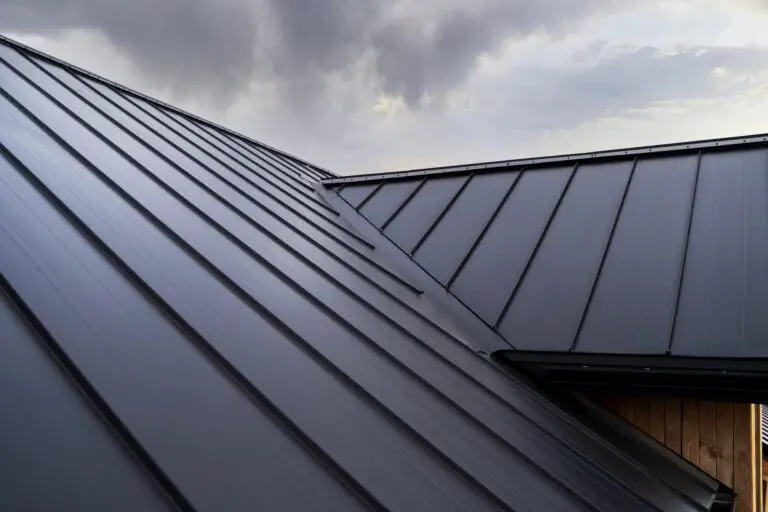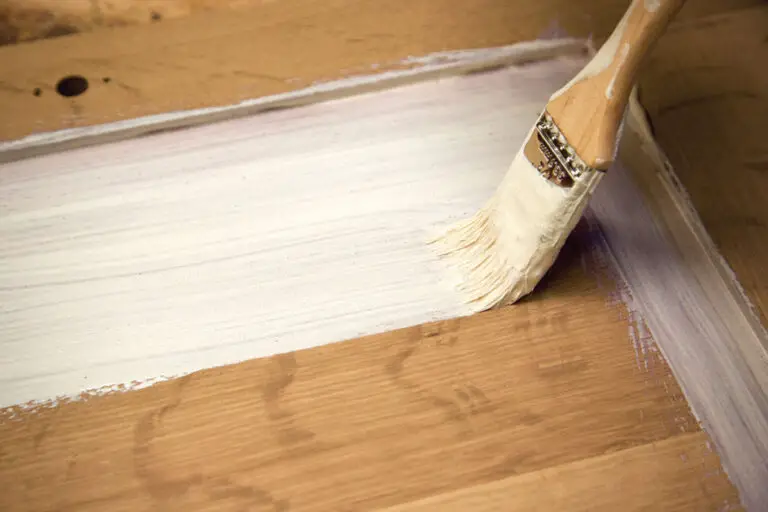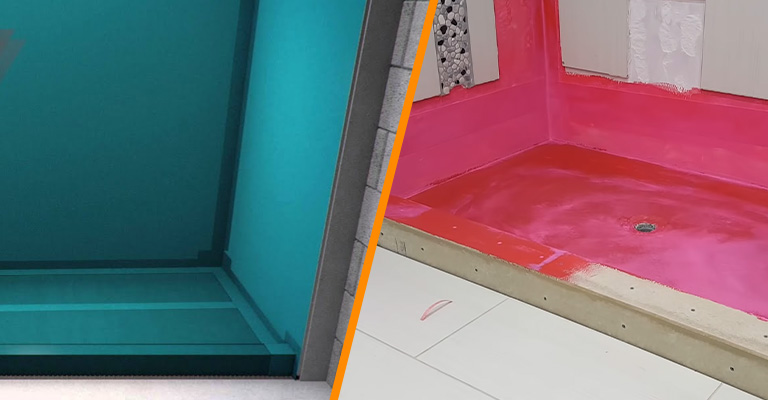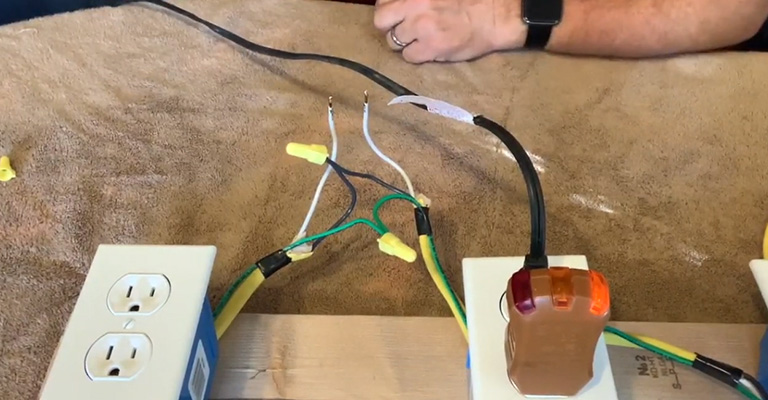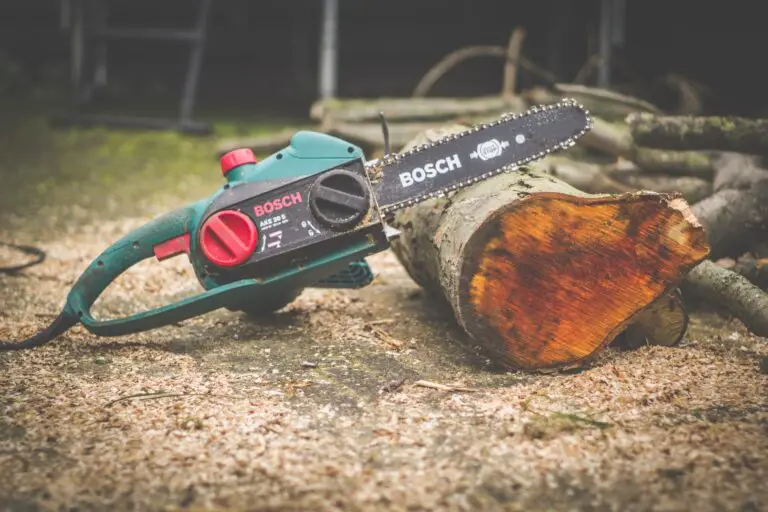Can I Keep Flue Closed With Gas Fireplace?
When utilizing a gas fireplace, it is possible to keep the flue closed, but it is not recommended. You can prevent the build-up of fumes and gases from the fireplace from escaping by keeping the chimney closed. Carbon monoxide poisoning, which can be fatal, can occur as a result of this.
Gas fireplace Mechanism
An alternative to a classic wood-burning fireplace is a gas fireplace. While a gas fireplace lacks the aesthetic appeal of a wood-burning fireplace, it is a far more effective way to heat a room. Many people wonder if they can keep the flue closed when using the fireplace.
A fireplace’s primary mechanical function is to produce a draft. A mass of heated air rises in a hot air balloon. Inside the chimney, a fireplace produces a column of hot gas, and more warm air from the fire follows that air as it climbs. A draft is a result of a constant stream of hot gases and smoke up the chimney.
Flue Mechanism
The flue is the metal ductwork, ceramic piping, or brick chimney stack that links a firebox to the top of a chimney and out to the elements. It is a vent that transports exhaust gases and debris from a fireplace upward into the atmosphere.
This works because it makes use of the stack effect, which occurs when the inside and exterior ends of the flue have a considerable temperature difference. This causes the exhaust gases and ash to be drawn up through the chimney and vented outdoors because they are lighter in weight than the chilly external air.
Knowing flue is open
To determine which position your damper handle is in, look at it. Your flue damper should be closed if the handle is in the closed position. Your flue damper should be open if the lever is in the open position.
Knowing Fireplace Is Safe
- Take a look at the Firebox. Inspect the firebox lining for any cracks, gaps, or evidence of wear (the interior of the fireplace).
- Keep an eye out for Tell-tale Smoke Stains.
- Check to see if your grates are the right size.
- Look into the Chimney.
- Check Your Fire Extinguisher Again
Closing fireplace flue
Time
If you have a gas log fireplace, you should never close the flue while it is in use, as a general rule. You should not close your flue if the fireplace is turned off but the pilot light is lit.
Because gas fireplaces can produce lethal levels of carbon monoxide when they have access to fuel, if they are not properly vented, they can be fatal to their users.
Method
As the damper falls into a closed position, push the lever up slightly to free it from its support tab, and then horizontally pull it away from the tab. Pull the longer chain to disengage the damper, then the shorter chain to close the flue if your fireplace includes pulling chains.
Turning on the fireplace flue
While holding the end of a lighted match or lighter at the end of the pilot tube, depress the gas control button. The pilot light should start as soon as the flame is close enough if you’ve done everything correctly. Hold down the pilot button for about 20 seconds to allow the thermocouple to warm up, then let go.
Gas fireplace requirement
Chimney
A vented gas fireplace does not necessitate the use of a chimney. It does, however, require the installation of some sort of venting system, whether it’s a horizontal side vent through an outside wall or a vertical vent extension through the structure’s roof. You can convert a wood fireplace to use a gas log insert while keeping the current chimney.
Flue
There are several different types of gas fireplaces. Vent-less and vented gas fireplaces are the two main types of gas fireplaces (or vent-free).
Vented
Gas logs with a yellow flame are typically regarded as vented. They function similarly to a traditional wood-burning fireplace in terms of heat output, chimney soot, and carbon emissions. In most new versions, a built-in safety feature of an open flue while use is included. When using vented gas logs, you must use a flue and chimney.
Ventless
Flame logs are used in the second type of gas fireplace, referred to as ventless. They burn hotter and cleaner than the yellow logs. They can be placed in an existing wood fireplace box (with the flue closed) or in a freestanding cabinet without the requirement for a flue or chimney. You can also easily change the gas fireplace flame.
The fireplace can run continuously
As long as the glass front is sealed, fireplace inserts can run indefinitely. As long as the glass front is shut, most direct vent gas fireplaces can be run constantly. Vent-free: A vent-free gas fireplace is similar to an oven in that it provides a secondary heat source that isn’t vented.
Gas fireplace inserts
Because so much heat escapes up the chimney, an open fireplace is perhaps the least effective and energy-wasting way to heat a space. You can still use that chimney, but you can improve the energy efficiency of your masonry fireplace by installing an insert. The insert comes in a variety of sizes and shapes and costs between $500 and $2,500.
Optimizing Your Gas Fireplace Ventilation
Many homeowners are transitioning from traditional wood-burning fireplaces to more efficient gas alternatives, such as direct vent gas fireplaces or ventless gas fireplaces. Direct vent systems are particularly advantageous as they utilize the existing chimney to expel exhaust fumes while drawing in fresh air from outside, thus maintaining indoor air quality.
In contrast, ventless fireplace models, which do not require an existing masonry chimney, operate by circulating indoor air. While most gas fireplaces are designed to maximize efficiency and safety, it is crucial to understand whether a natural vent, utilizing the existing chimney, or a ventless system better suits your home’s heating needs.
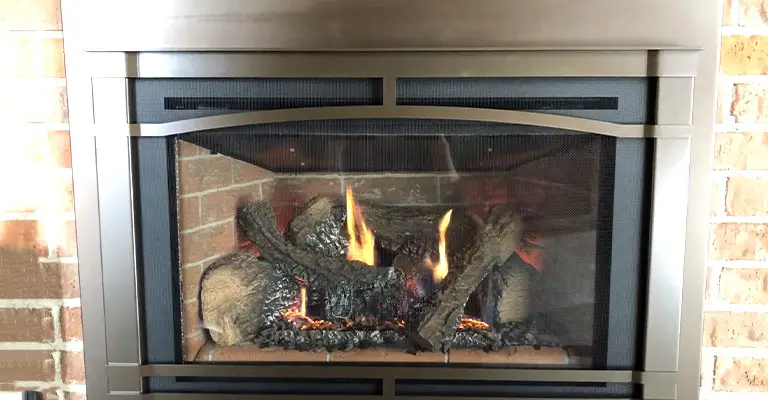
FAQ
- Do you use a gas fireplace with a damper?
In a gas fireplace, the damper should always be open. The glass between the firebox and your home keeps cold and heat out of the chimney, and keeping the damper open at all times eliminates the chance of gas buildup or backdraft into your home..
- Does a direct vent fireplace have a flue?
For combustion, a direct vent fireplace uses outdoor air rather than inside air. Because direct vent fireplaces produce cooler combustion gases, there is no requirement for a flue; the pipes can be run through the wall. Safety. Back drafting isn’t an issue with direct vent fireplaces because they don’t require a flue through the roof.
- Where is the fireplace damper located?
Consider a chimney damper to be a fireplace lid. It is positioned in the flue, which is the air shaft via which smoke and air can go in and out of your chimney, and is located above the firebox where the fire is built and is used both while the fireplace is active and when it is not
- Is it safe to open the flue overnight?
Because the smoke from burning wood contains carbon monoxide, it is critical to leave the flue open overnight to avoid this harmful waste from entering your home. Instead of sinking down the chimney and saturating the room, the compound is carried out into the atmosphere by a draft.
Last words
There is no definitive answer as to whether or not you may use a gas fireplace to keep your flue closed. Several factors, like the type of fireplace and the climate in which you live, will influence whether or not this is a safe alternative. To get a definitive answer for your individual circumstance, speak with a specialist.

